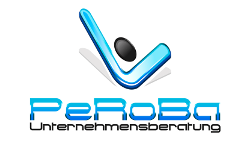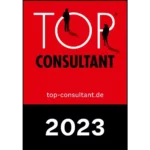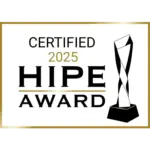Revision of DIN EN ISO 50001 on energy management

Pixabay, ColiN00B
Energy management
The term “energy management” is used nowadays in daily life for a broad range of measures and activities from monitoring up to controlling, for example.
In the 80s, quality management was the first basis for defining standards based on supplementary management methods. The first version of the energy management standard, the DIN EN ISO 9001:1994 was adopted in 1994. It served as the basis of the environmental management system DIN EN ISO 14001. The energy management standard DIN EN ISO 16001:2009 was adopted in 2009 and replaced by the DIN EN ISO 50001 in April 2012.
DIN EN ISO 50001:2018-12
The draft of the revised version of ISO 50001 was published in September 2017. Probably the new version will be published in this year.
The most important changes are, as follows:
ISO 50001 will be converted to a high level structure
- A risk-based approach will be adopted
- The corporate environment will be strengthened by the influence of context and of interested parties
- Targets and their measurement will be focused on
- A communication strategy will be adopted
- There won’t be any more energy management officers. In the future, top management will be held accountable. An energy management team will be appointed
- Energy management is supposed to be continually improved
The current version of the standard, the “DIN EN ISO 50001:2018 can be ordered from the Beuth publishing house.
Best Practice:
SiMon – a practice-oriented solution approach:
PeRoBa® Unternehmensberatung (Management Consultancy) GmbH is accompanying the xNet company during the introduction of a quality and energy management system at present.
For example, SiMon
SiMon is a freely programmable control framework of the xNet GmbH, which monitors and controls energy management systems in a smart manner. This software can be used for single-family houses, larger residential facilities, business units or local heating networks. This has already been proven by multiple installations since 2014.
The system is able to collect as many data points as needed in real time. But the great advantage is the integrated self-learning forecast function, which is based on artificial intelligence. Taking into account historic and forecast data, prognoses can be made on the individual needs of the connected consumers, for example when it comes down to energy networks. Thus, optimized cost-effective provision can be made sure of.
Interaction with supplementary modules, like, for example, a calculation of the solar position or the weather forecast insures that facilities can be operated at maximum efficiency. Thus, such software can be used optimally by end consumers, network operators, planners and energy consultants.
Therefore, we applied the requirements of the standard in order to provide for a practice-oriented tool and solution. As the new standard is supposed to be published this year, a certification based on the strategic approach of the xNet company is scheduled for the time after the publication of the new standard, among other things. But the requirements of the new standard and the changes that are to be expected had already been implemented and were eventually also audited based on the SiMon software.
We support you
The team of PeRoBa® Unternehmensberatung (Management Consultancy) GmbH will be happy to stand by your side if you have further questions in this context or if you would like to get recommendations for action.
Don’t hesitate to get in touch over questions or support at: https://www.peroba.de/kontakt/
Your PeRoBa® Unternehmensberatung (Management Consultancy) GmbH Team




